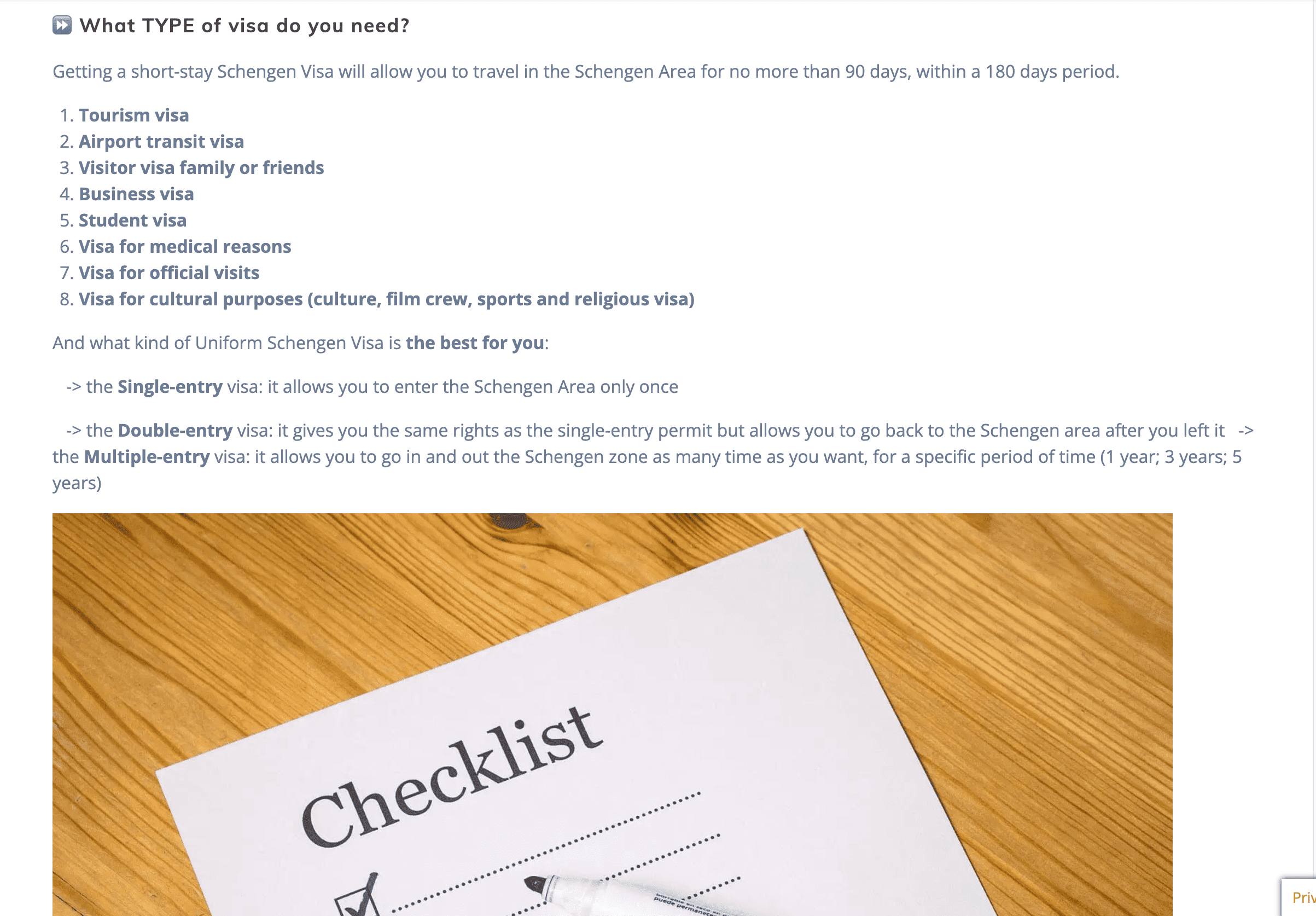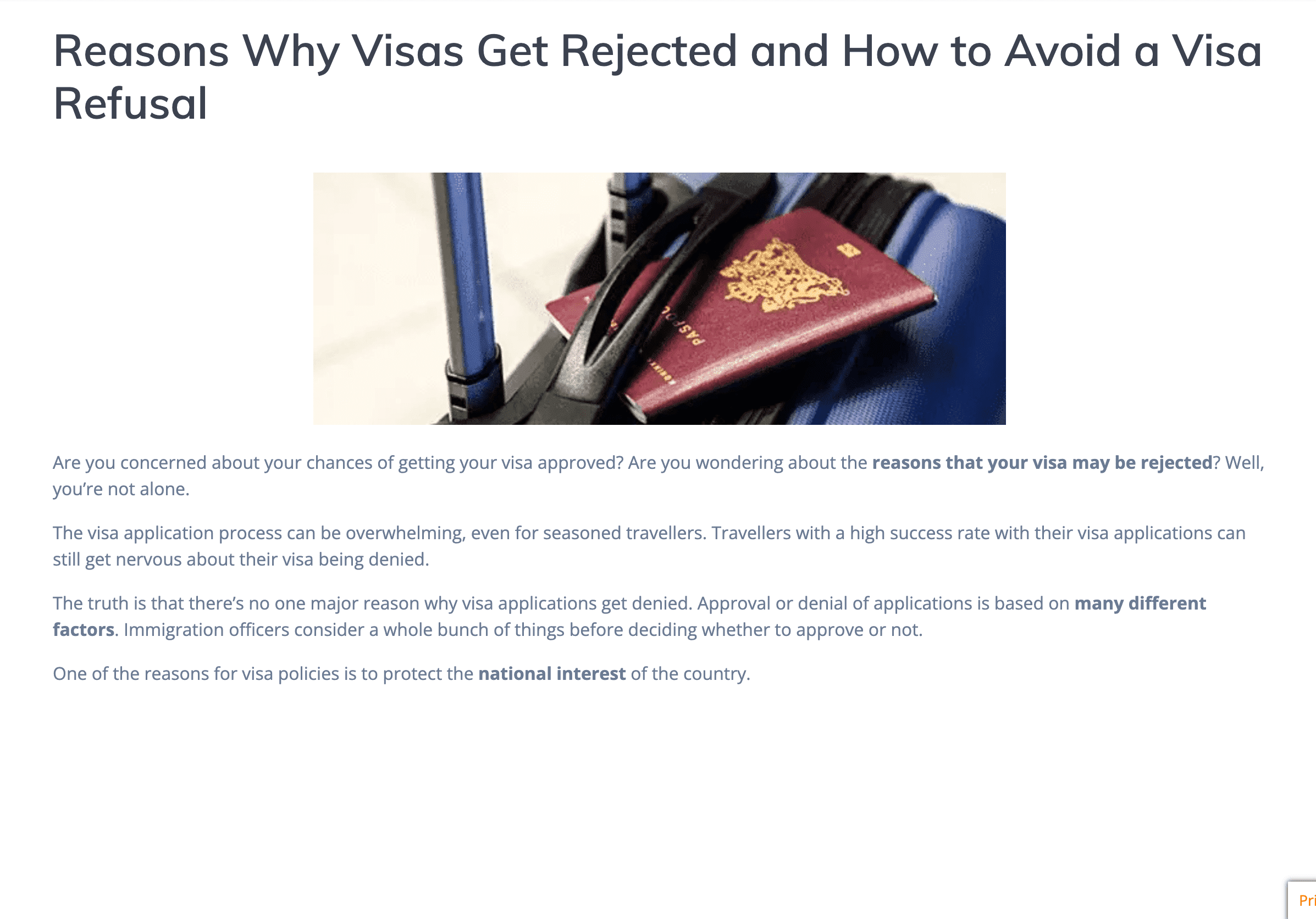How to Bypass the Europe Travel Ban

Back in July 2020, the news was released and caused a twitter storm that the father of the then UK’s Prime Minister, Boris Johnson, travelled to Greece despite strict Foreign Office advice against all but essential international travel.
Greece has extended its ban on flights arriving from the UK until the middle of July. But the prime minister’s father managed to avoid that travel ban by travelling to Greece via Bulgaria.
So, as only 15 countries (China is subject to a reciprocal ban) outside EU were allowed to travel to Europe, people were asking if is it one rule for the elite and another for everyone else.
The answer is no.

American travellers’ collective hearts sunk upon hearing they wouldn’t be welcomed into the European Union anytime soon. There were a lot of comments on social media about why China got a pass and the US does not.
So what were the ways in which you could have avoided the EU travel ban?
As Europe opened up its external borders to a select set of foreigners from July 1, 2020, citizens from countries that didn’t make the list—including the United States—could have bypassed the restrictions if they fell into several categories of travellers.
Thankfully, this was’t the end of the road for travel to Europe from the United States this summer as the list of allowed countries is to be updated every two weeks.
Therefore there was the possibility for countries to be added or removed as their coronavirus pandemic evolved and how countries continued to get on top of the outbreak was the determining factor.
But because of the high number of cases in the US, this was not as quick as we expected and as we dive in below, it may not be the whole of the United States that gets let in.
Did you know how to bypass the Europe travel ban? Read on to find out.
The exception for family members of European Nationals
Because of the splitting of families and partners during the pandemic, the European Union’s restrictions on foreign travellers had an exception for European family members and their family members.
EU citizens (and citizens of Iceland, Liechtenstein, Norway, and Switzerland) and some family members could have travelled to the country where they had citizenship, even if they didn’t currently live there.
Long-term EU residents and their family members are exempted as well.

“Family members” include:
- spouse;
- a legal partner;
- direct descendants under the age of 21;
- any family members of the same household;
- or those who are considered dependents or require the personal care of an EU citizen.
This would have helped a load of people who had family members to travel to their partner’s country of nationality if they were European or Long-term EU residents. From there, they would have been able to travel around Europe.
But remember, exempted family members could be required to quarantine if they are coming from a country that wasn’t on the approved travel list—but for families longing to get back together, a 14-day quarantine may be a pill they’re willing to swallow.
Each country implemented this in different ways. Such as who exactly is welcome, plus entry documents to fill out and negative COVID-19 tests.
If you think you fell into any of these categories and were not sure, comment below and we can help you find out.
Passengers in transit, students among those exempt from Europe travel ban, too.
Another set of travellers able to bypass the latest EU restrictions include passengers in transit
So if you have a flight in Europe connecting to another destination, you can also fly into Europe.

Students also travelling to Europe to attend school were also exempt.
And travelling for “imperative family reasons” also got you past the ban.
Finally, essential workers are all also permitted to enter Europe and included in that list were:
- healthcare professionals
- researchers
- diplomats
- those working for, or have been invited by an international organisation “whose physical presence is required for the well-functioning of these organizations”
- humanitarian aid workers and
- workers whose employment is considered necessary from an economic perspective.
The list of essential workers was also being interpreted differently by different European Member States.
Denmark for example said residents in banned countries can visit to attend business meetings, and “to perform services or transport goods in”.
What About Brazilians, Russians & Americans Living In The EU?
The European Union recommended fellow member countries not exclude third-country nationals resident in Europe, and their family members, from entering Europe.
The only limitations for travel within the Schengen zone were those countries that were yet to open internal borders to Europeans. Other than this restriction, you will be able to travel by plane, car or train to one of the “open border” countries.
Each European country had different rules of entry. For example, Denmark is asking for proof of six nights of accommodation.
The European Union set up a website called Reopen Europe (site now closed) as a resource to navigate your way around different country’s rules.
What if I was a Resident or a Traveller In One Of The Safe List Countries?
The new rules meant an American, Brazillian or Russian residing permanently in one of the safe countries such as South Korea, Japan or New Zealand were welcome in the EU, together with immediate family members.
There was some confusion as to whether an American tourist or a long-term traveller in those countries were not.
As the American Embassy in Athens for example noted: “You may not travel from the United States to a country on the list to get around the travel restrictions.” But we believe this is wrong as countries will be looking at where you previously were for the past 14 days prior to entry.
Americans, Brazilians, Russians, Qataris and Other Third Country Residents Who Are Currently Travelling In The EU Or UK?
The situation for a traveller who is, for example, a resident of the USA, but is currently travelling in the EU or the UK depends from one country to another.
This leads to the simple ways in which you could have avoided the European travel ban.

For example, non-residents who had been sheltering, or stuck, in Europe for months during COVID-19 could already travel to some countries including France, Austria, the Netherlands and Spain. And in some instances, can even extend their Schengen Visas.
Each country had different rules. International travellers to Denmark faced immigration control that was looking for a place of residence, not from where they travel. “So, an American tourist who has been in France or Spain would not be allowed into Denmark, if they cannot show they are residents of that country rather than of the U.S,” confirmed a spokesperson for Visit Denmark.
Foreign travellers to Spain must fill out a “passenger location card” at the airport and were subject to temperature checks.
Whereas Malta’s entry requirements were based on where you’ve been in Europe in the preceeding 14 days, instead of your nationality or residency.
The UK also announced that there is a 14-day quarantine for arrivals. But this changed with a “safe list” produced by the UK government on the 3rd of July.
Therefore, flying into France from the UK was expected to be no quarantine for all travellers. Whereas Greece was not allowing any flights from Britain until mid-July. Hence the reason why the UK Prime Minister’s father travelled through Bulgaria. …More of that later.
How Europeans Were Avoiding the EU Travel Ban
It’s not just Stanley Johnson that was avoiding the EU travel ban. Russians were using Belarus as a way to travel abroad as international borders were mainly closed as part of efforts to curb the spread of the novel coronavirus.
Russia and Belarus have a customs union and their shared border is relatively porous, making it easy to avoid border guards by taking certain routes.
Belarus also borders Ukraine and European Union member states Poland, Latvia and Lithuania.
Unlike Russia, President Alexander Lukashenko refused to impose a lockdown in Belarus.
Many car and mini-van drivers were advertising cross-border shuttle services for both Russian and Belarusian citizens despite Russia’s formal closure of its borders in March. A 10-12 hour trip from Moscow to the Belarusian capital Minsk, costs 10,000 roubles ($146).
Once Russians reached Belarus, they were then able to continue their onward journey to other countries as airlines in Belarus were flying to various European destinations including Germany and France as well as elsewhere.

The European travel ban was based on residency not citizenship.
The travel ban covers all 27 EU members except Ireland and the four countries that are members of Schengen but not the EU: Iceland, Lichtenstein, Norway and Switzerland. While not legally bound, they were supposed to enforce the ongoing restrictions on American, Russian, Brazilian, Qatari and other arrivals.
The EU confirmed that Iceland would have jeopardised it’s membership of the Schengen area when Iceland wanted to open its borders to more countries. The European Union had a draft list of 54 countries and then settled on 15 countries allowed (China was dependent on a reciprocity agreement) to travel into Europe. All other countries faced a Europe travel ban.
The UK’s unique position: Avoiding the travel ban by going through the UK
59 countries were put on a list of countries that were allowed to enter the UK without the need for quarantine. The US, Brazil, Russia & China (and even Portugal) were off that list. That meant that if you wished to travel to the UK, American, Brazillian and Russian residents were expected to quarantine for 14 days.
But as the UK and the US share a “Special Relationship” you could have expected some changes to occur to that list as things progressed in the US. It meant that travel from specific US states, such as New York, which managed to get on top of the pandemic, were be able to travel to the UK without quarantine.
It, therefore, meant that if you wanted to travel to Europe and your country was not on the EU travel list, you could consider travelling into Europe via the UK.
You may have needed to quarantine for 14 days, but then you were free to travel across Europe by choosing which countries to travel through.
What about returning to the US after your holidays during the Pandemic?
For EU citizens, residents, and their family members in the United States who travel to Europe, you needed to be conscious of the travel restrictions in the United States.
A ban on travel from Europe to the United States remained in place for a very long time until the White House announced the end of the UK travel ban in September 2021.
U.S. citizens and lawful permanent residents (also known as Green Card holders) were exempt from the US travel ban (meaning they could enter the United States from Europe), but the exemption did not apply to those who were in the United States on a work or student visa.











